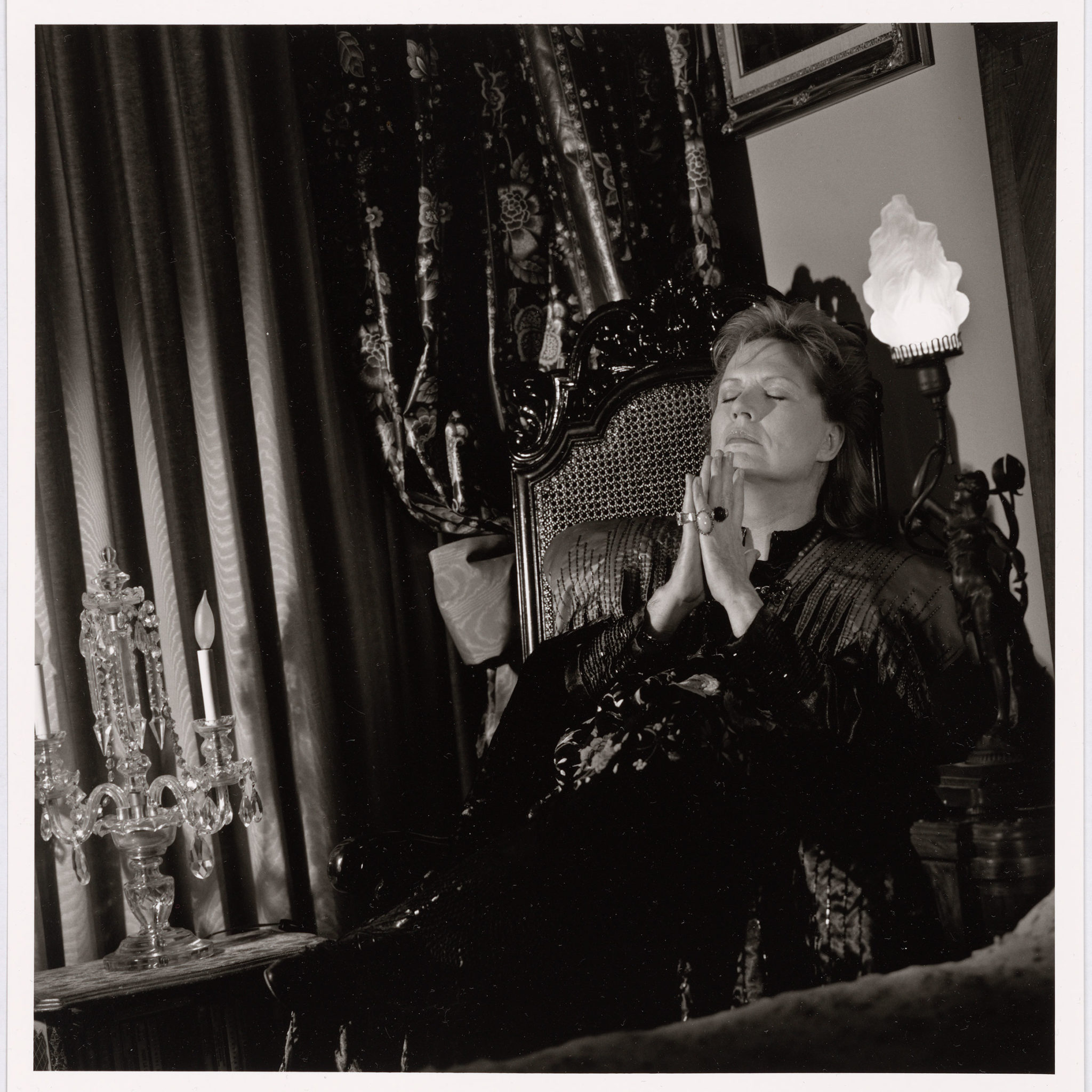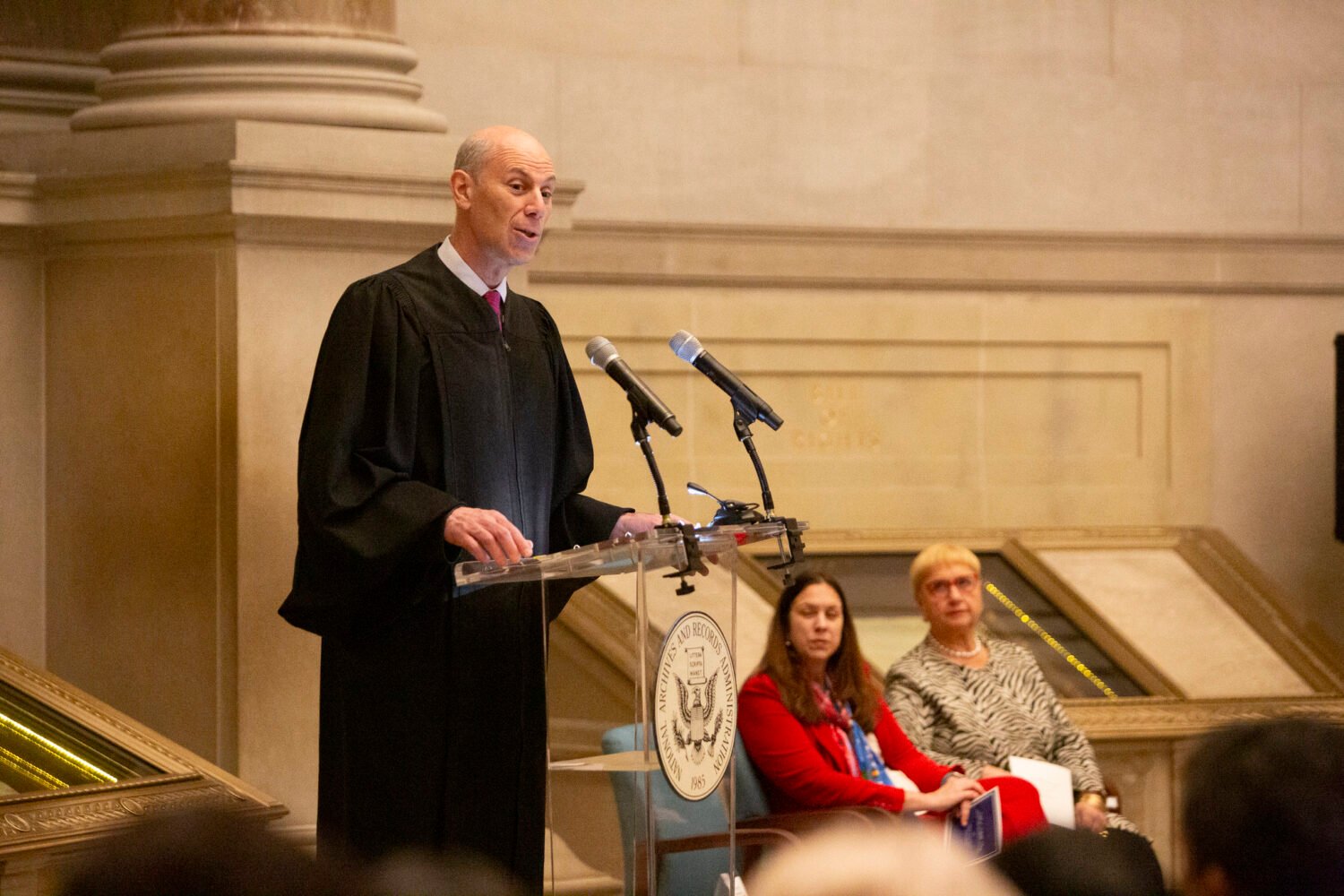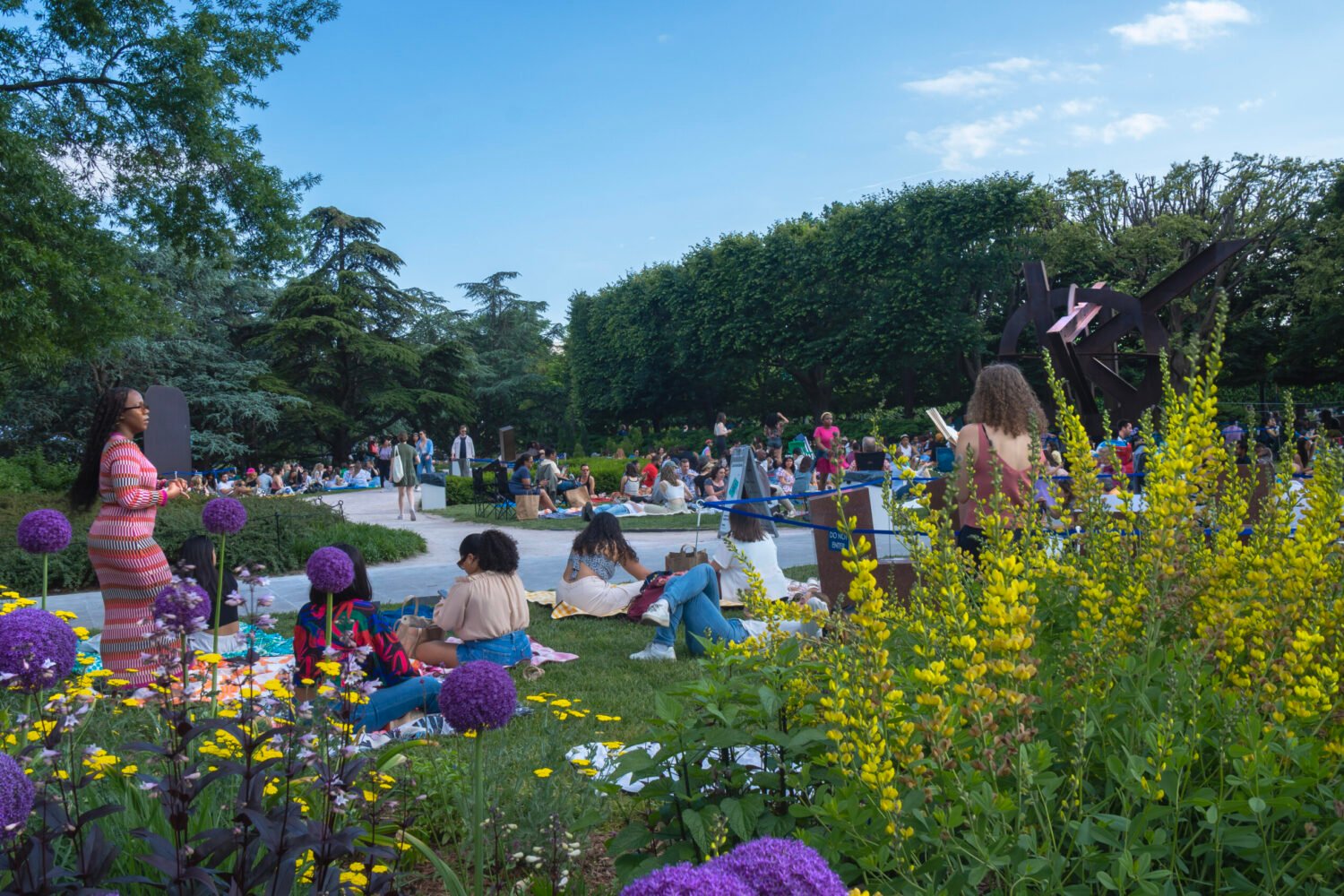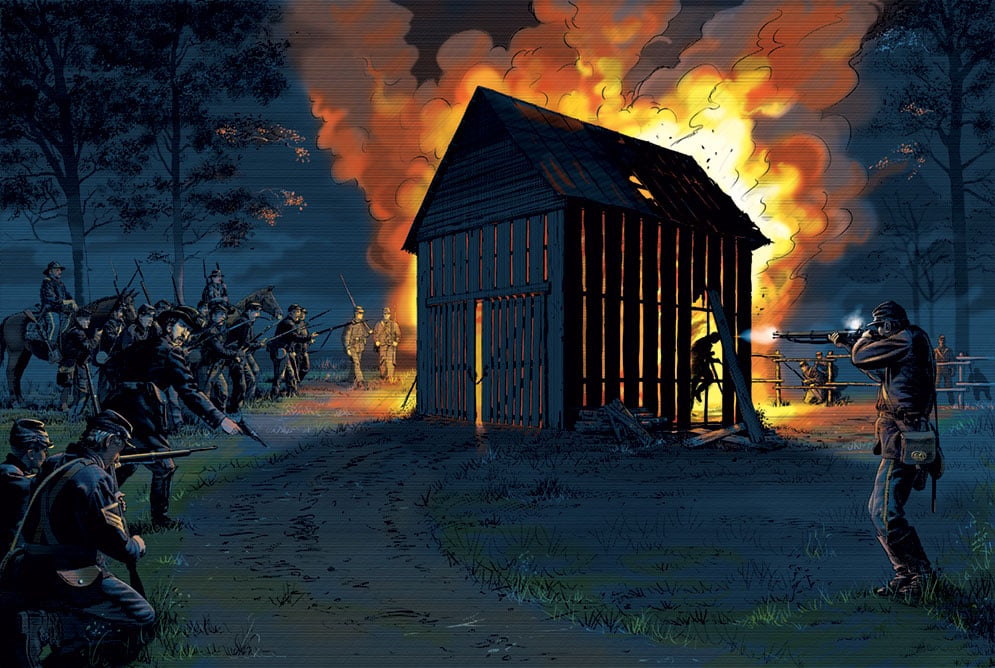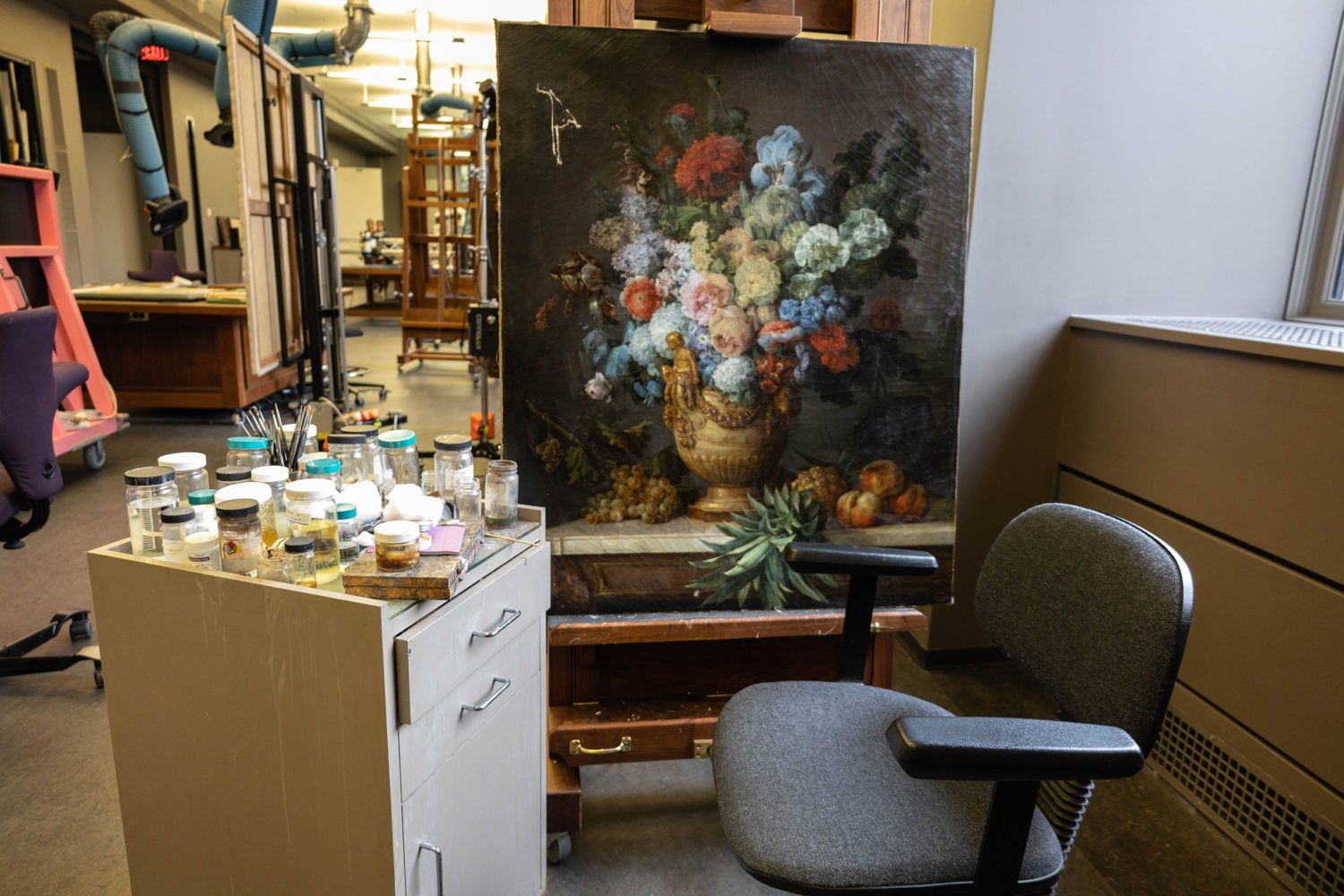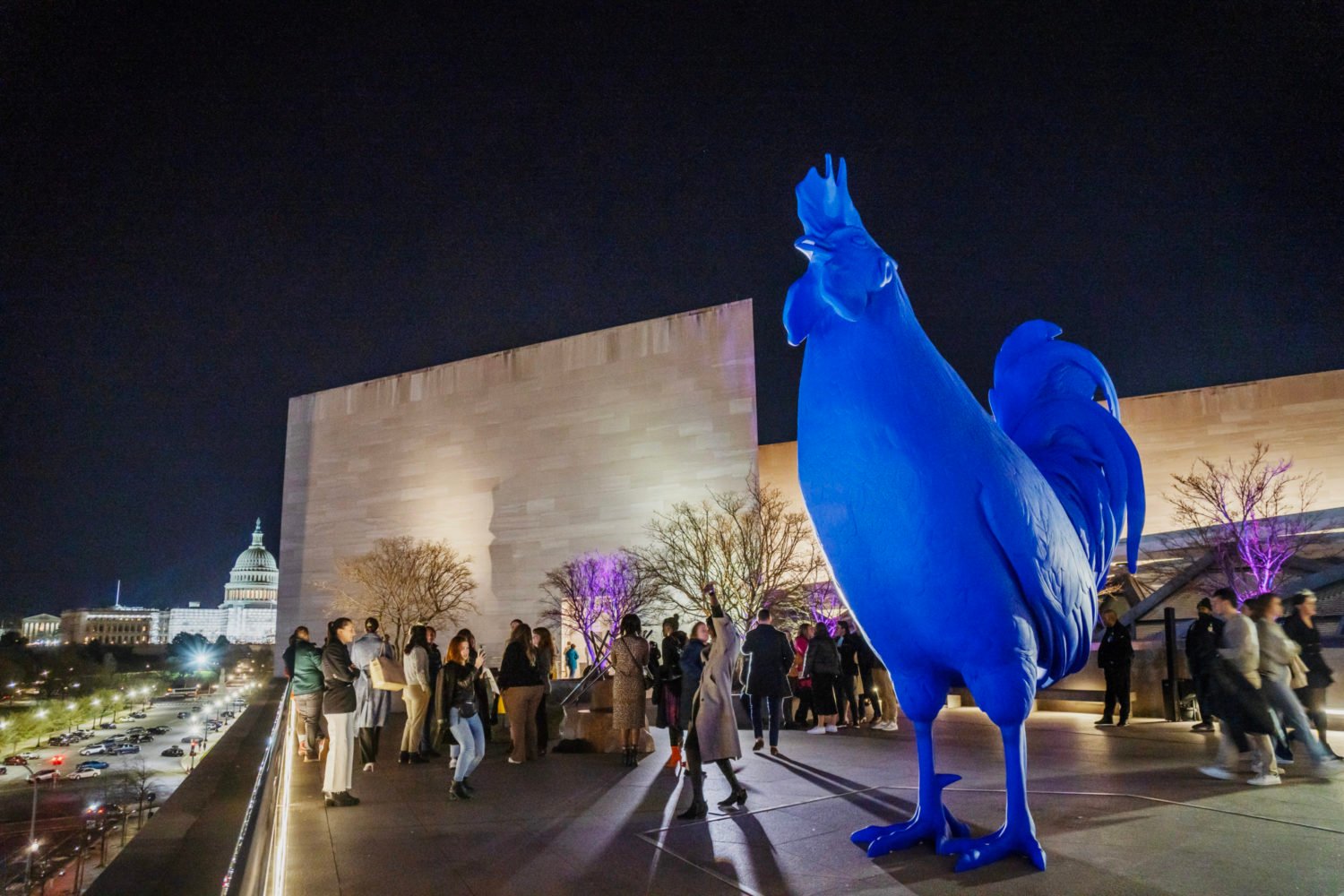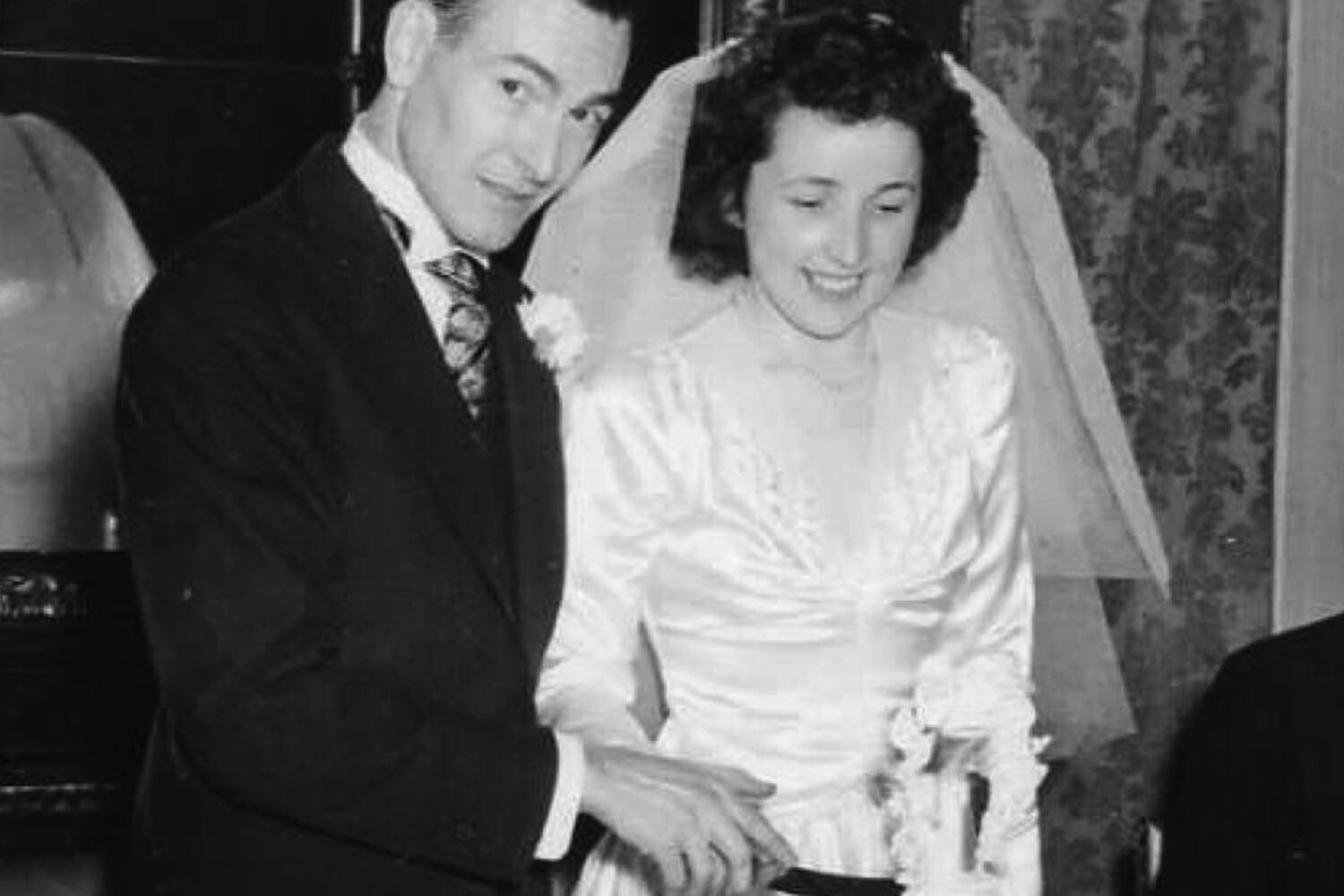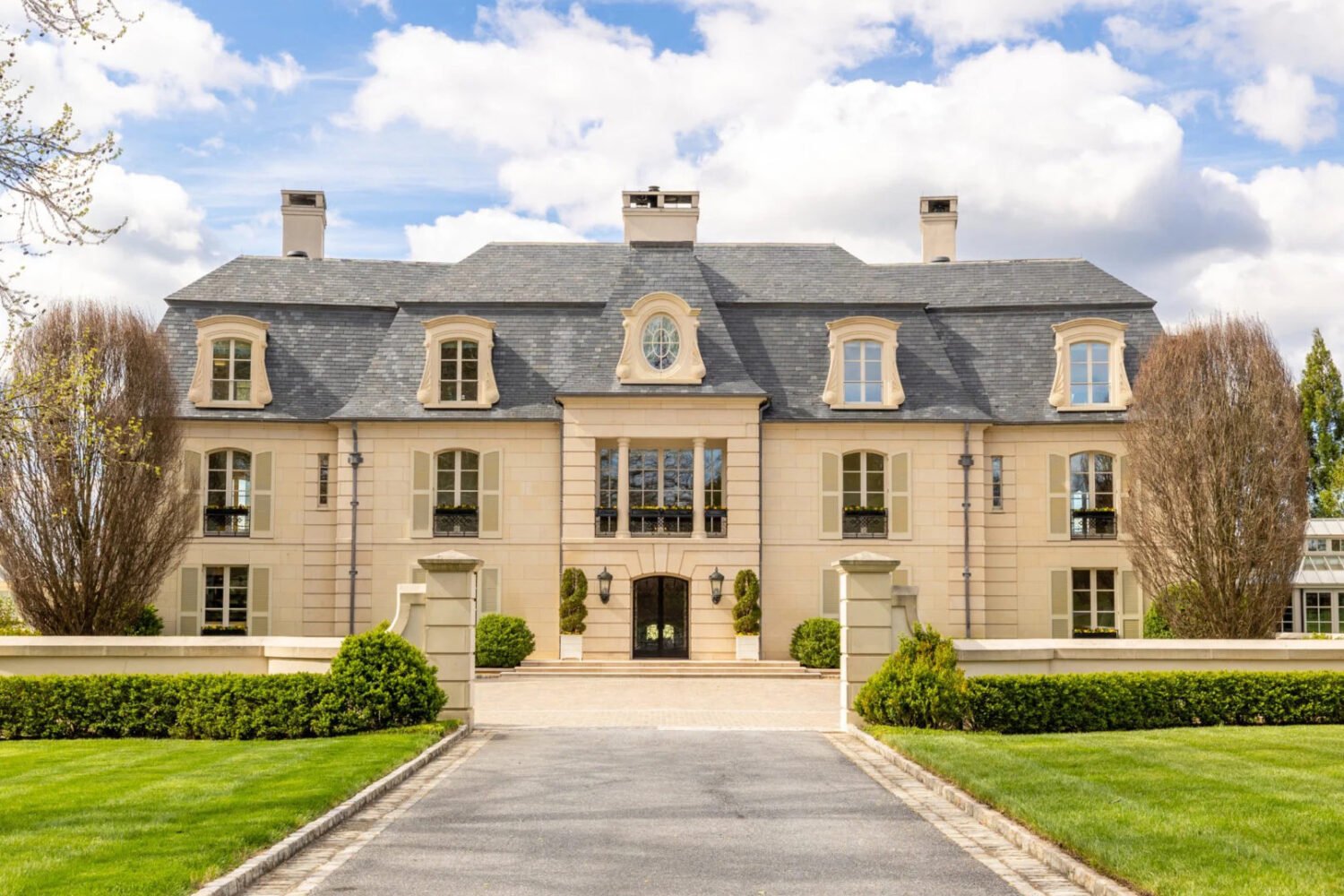Astrology enthusiasts and abuelas around the world were heartbroken to hear that Latino icon, Walter Mercado, died last weekend. Walter was famous for his horoscope readings and annual predictions, sparkling sequined outfits, and of course, his capes. His portrait is now on display on the first floor of the Smithsonian’s National Portrait Gallery.
“We have this wonderful space and ritual of honoring people who’ve left an indelible mark on our culture,” said Taína Caragol, the gallery’s curator of painting, sculpture, Latino art and history. “People looked for his advice not just on TV but on the radio and in magazine. All throughout the United States and Latin America, people knew who he was.”
Born in Puerto Rico, Mercado began his career as a performer and actor in telenovelas. But it was when he took his flair for performance to astrology that he grew a large following. His televised segment began airing on the Spanish network, Univision, and he rose to even greater prominence in the 90’s. According to Caragol, Mercado is the first Latino figure to be presented in the gallery’s “In Memoriam” section.
“We wanted to embrace his contribution to culture and entertainment,” says Caragol. “Walter reached an audience that was pan-Latino, multigenerational, and cross national. We want to convey that this is their portrait gallery too.”
The portrait was shot by photographer Alexis Rodríguez-Duarte in collaboration with his shoot stylist and husband, Tico Torres. The two shot Mercado’s portrait, which they call “timeless,” in his Miami home in 1998. “He had a very positive energy, like an aura around him,” says Torres.
“I shook his hand and they were really soft, like silk,” Rodríguez-Duarte says. “He immediately told us what horoscope we were, which was right on the dot. Then [his assistant] opens a sliding closet door and, voila, there are hundreds of capes.”
Not only did Mercado become a staple in homes everywhere, but in some ways, he also broke down the molds of tradition by representing those who are typically erased within Latin America.
“He embraced an image that was quite feminine but also sexually ambiguous,” says Caragol. “He promoted a vision of spirituality that was very open compared to what’s traditional. He incorporated elements of Indigenous beliefs and Afro-Carribean traditions.”
Walter’s segments and personality captivated Latino households across the US, Latin America, and possibly, the stars themselves. With his passing, many are left to wonder where they’ll find guidance.
“It’s always been a tradition in my family, and I’m sure many other Latin American families, to hear Walter’s predictions for the coming year,” says Torres. “Who are we going to listen to on New Year’s Eve?”
The Smithsonian’s National Portrait Gallery is open from 11:30 to 7 daily.

